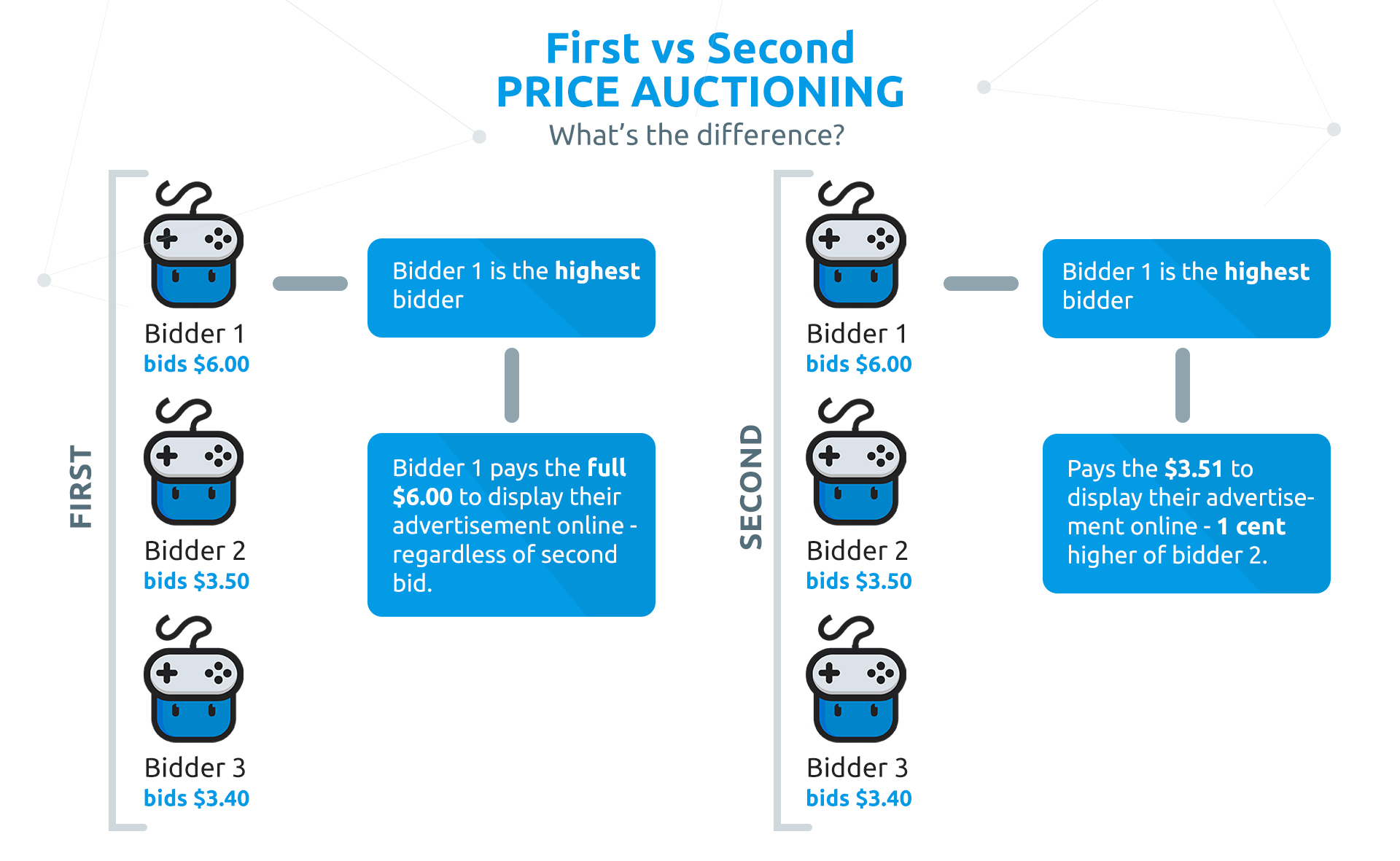Google Ads is Changing, and Your Wallet Needs to Know
by Game Marketing Genie, on 20-Mar-2019 16:54:15
Technology evolves, and as marketers, advertisers—or anyone at all interested in selling anything—it’s our job to keep up to date. And in light of the upcoming updates to Google Ads, with a switch from a second-price auction to a first-price auction, this couldn’t be more true. With an expected raise in costly ads, we’re here to fill you in.
What is Google Ads?
For those unaware, Google Ads is the most sophisticated advertising platform available today. Anyone who has ever thought about selling anything, has thought about advertising on Google Ads. Why? Because of its specificity in targeting buying audiences. This specificity, sourced by (key)words and phrases searchers have plugged into google (referred to as queries), provide valuable ad targeting, that people will happily pay for. This earned Google a healthy US$116.32 billion in total revenue in 2018.
When advertisements are created and posted through Google Ads, payment is made to display them and the cost varies depending on its position on the web page and the popularity of the keywords it demands. Google matches relevant keywords from internet users to relevant advertisement slots and auctions these off to advertisers. Those who want the slots, bid on them and the highest bidder wins the desired spot on the page - and this is where things are changing.
How Google Ads is Changing
Currently, Google Ads employs a second-price auction model. Yet in recent reports, this model is set to change to a first-price auction model. This means that instead of the bidder paying the second bid plus one cent, advertisers pay their own, highest bidding price.
Let’s have a closer look. In a first-price audition model, the highest bidder determines the price, meaning whatever price they put forward, they pay the full amount. In a second-price auction, the highest bidder pays the second highest price, meaning that they pay one cent higher than the price they beat with their bid. Have a look below:

So why this transition? First and foremost, because Google makes more money. By introducing first price bidding, those who pay the highest bid, whether that is overvalued or not, will pay regardless. It also increases transparency and fairness, forcing companies to measure the value of each impression. Finally, it places a more attractive value proposition to publishers to increase the data collected on the publisher inventory, which will result in the creation of more niche channels and categories that can be used by marketers to talk more specifically to a segment of the market.
This switch also follows stead with other advertising platforms, such as OpenX, Rubicon, Pubmatic and Index Exchange who have all adopted the first-price bidding auction.
What does this mean for me?
This change will mean several things. On a positive note, it will reduce the complexity of advertisement bidding, increase the transparency of the market, increase advertisement category availability and, in the long term, have the potential to reduce the cost of advertisements as more advertisers respect the value of each impression (in order not to overpay).
In contrast, the negatives will demand changes from those who use the platform or those who intend to use it in the future. The act of bidding for advertisements now demands a deeper understanding of prices and applying techniques such as ‘bid shading’ (gently increasing bids to gain a greater understanding of the true impression value).
Notably, as market knowledge and bid techniques like ‘shading’ require time and effort, we’ll expect to see some advertising agencies ignore this process and pay overvalued prices for impressions. This will push up prices in the short term as advertisers become more aware of impression value.
So, how do we prepare?
“Achieving close to the same result is still possible” commented Game Marketing Genie CEO, Hersh Bhatt. “But it’ll become much more important to spend time optimizing and utilizing automated rules to ensure that you’re not overbidding.”
To ensure that you’re not paying overvalued bids, you need to get smart. If you’re not an advertiser, you need to ensure that those you hire understand the market well – and if they don’t – they understand what measures they need to take in order to understand it.
With a gradual execution planned over the coming months, we at GMG will be eagerly watching the progression – and we’ll be sure to keep you updated.
Click here for more information on our Strategy and Consultation services.
Enjoyed this article? You can read more in-depth articles about our topics above on our blog page.


